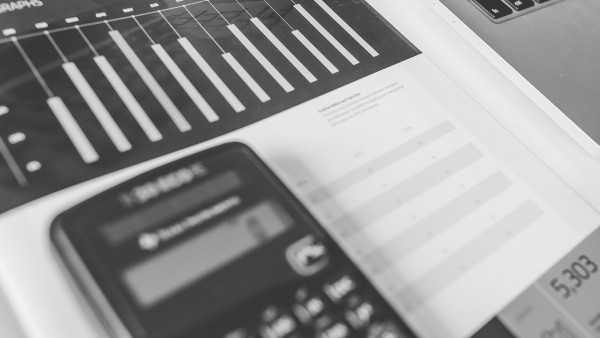Making Tax Digital - A Simple Primer

Making Tax Digital (MTD) is as it sounds; an initiative by HMRC to speed up taxation and make it less labour-intensive.
It applies to self-employed professionals, most businesses and to landlords. These will be required to maintain digital records using suitable software.
The goal was to implement it by 2020.
It is promoted as making tax-paying easier for the tax-payer, but one can see it also makes HMRC’s workload a good deal easier.
It makes it mandatory for VAT-registered businesses, which have turnover above the VAT threshold, to keep digital records and submit VAT returns digitally.
The government announced in July 2017 that the pace of mandation would be slowed and that Making Tax Digital will not be mandated for taxes other than VAT until at least April 2020.
It also announced further announced in March 2019 that they would focus on supporting businesses to transition, and will therefore not be mandating Making Tax Digital for any new taxes or businesses in 2020.
Are you a client of RegisteredAddress.co.uk? Contact us for an accountancy quote!
Guides
Business owners: step by step guide for businesses.
Accountants: step by step guide for agents.
Exemptions
You are currently automatically exempt and do not need to apply if:
- You are already exempt from filing VAT Returns online;
- Your taxable turnover is below £85,000;
- You or your business are subject to an insolvency procedure.
HMRC has confirmed that the following groups will also be exempt from the initiative:
- The 'digitally excluded', or those who cannot use digital tools for reasons of religion, age, disability, remoteness or any other reason;
- Charities (although trading subsidiaries of charities will not be exempt);
- Unincorporated businesses and landlords with annual sales below the £10k threshold.

Legislation
The primary legislation for Making Tax Digital relating to VAT and Income Tax is contained in the Finance (No.2) Act 2017, providing certainty about the broad framework in which Making Tax Digital will operate, with secondary legislation for VAT laid in February 2018, coming into force from April 2019.
There is a VAT Notice which explains the rules for Making Tax Digital for VAT and about the digital information that must be kept.
The Government has also published a communication pack which stakeholders can use to inform their clients, customers or members about the changes.
Quarterly Returns
Apart from the requirement to purchase compatible software, another annoyance is the requirement for quarterly tax returns.
Taxpayers will send HMRC summaries of their income and expenditure at least four times a year.
This, according to HMRC, will enable a continuous and accurate projection of tax due. Currently, there is one tax bill typically calculated and due after the end of the tax year.
Software
For practical purposes, businesses will have to use some form of approved software, as integrating a mere spreadsheet to the new MTD system may prove cumbersome and problematic.
HMRC has provided documentation giving an overview of the initiative, but until legislation is finalised with regard to the finer details of MTD, exactly how those who are exempt from MTD and how they will report their finances remains unclear.
RegisteredAddress.co.uk clients: Contact us for an accountancy quote!
Further resources:
VAT Notice 700/22: Making Tax Digital for VAT
This details how MTD for VAT operates for businesses and their agents (accountants or bookkeepers).
Software Suppliers Supporting Making Tax Digital for VAT
This is a list of software companies whose products can be used for MTD for VAT.









 Go Paperless
Go Paperless